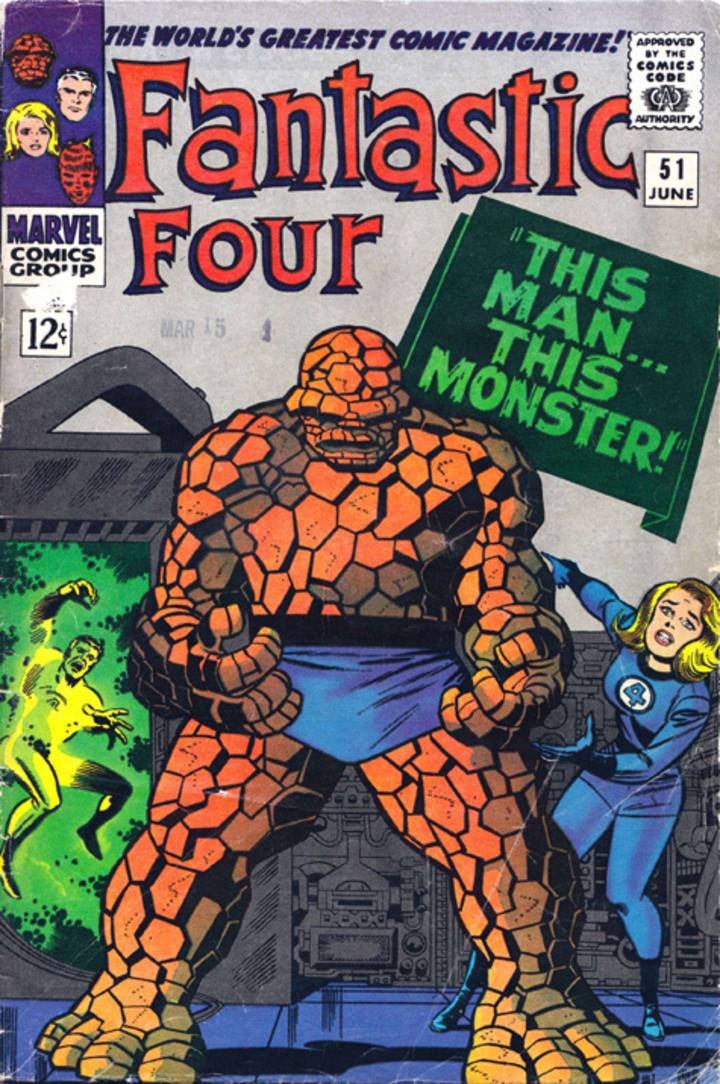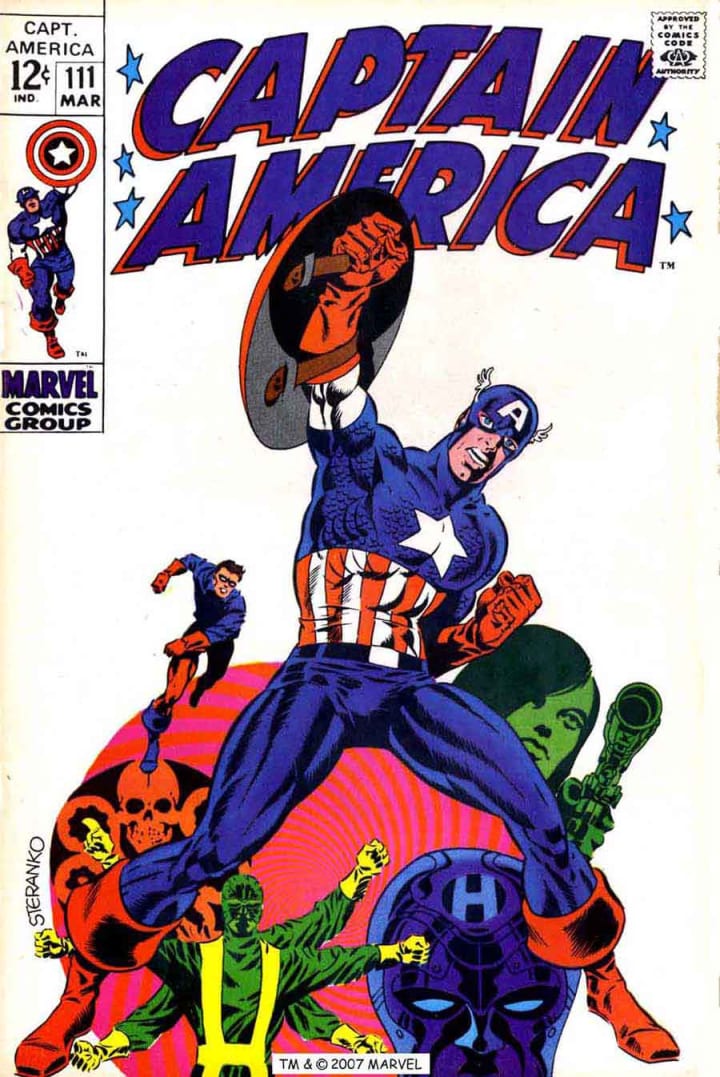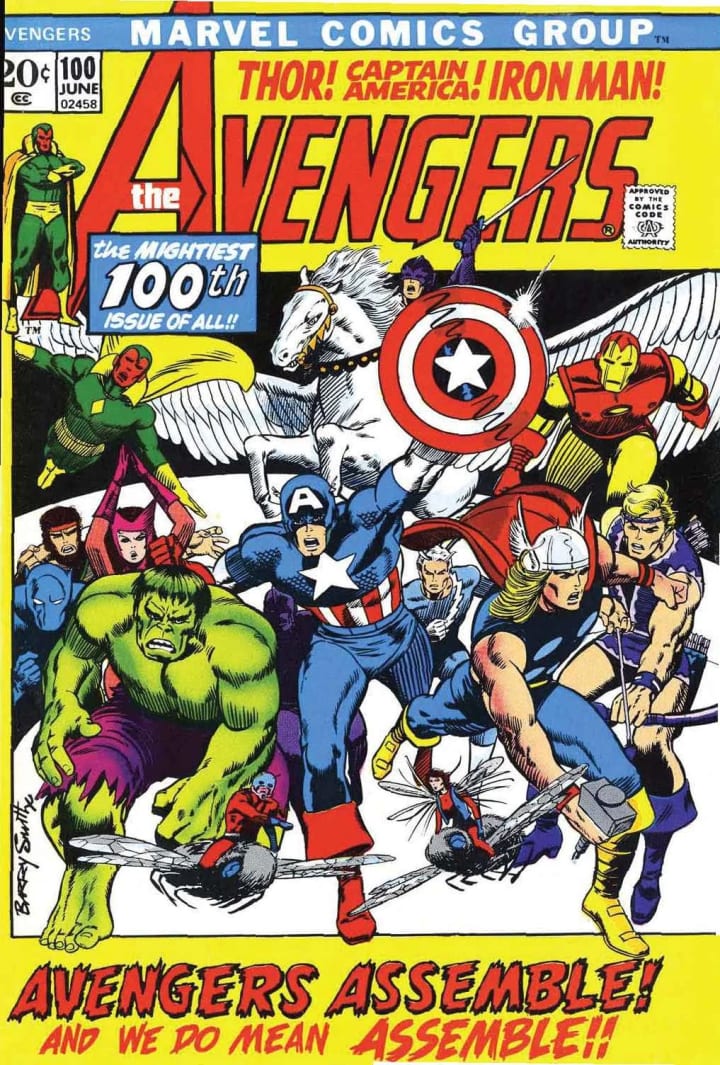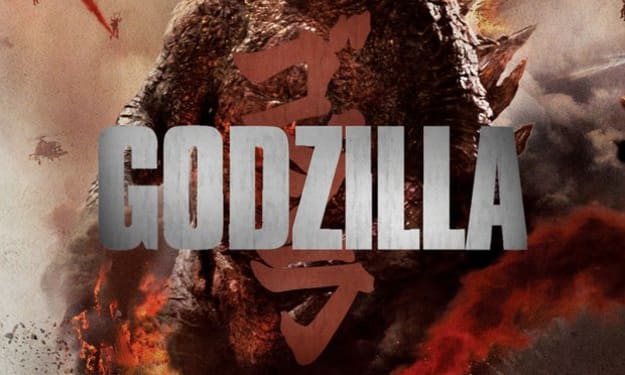
The past 15 years of comic-related movies and TV series have turned untold numbers of people into comic books fans. But where can they find the stories the movies and shows are based on? Well, the bad news is most of those stories took were published decades ago. The good news is, they've all been collected and reprinted multiple times, and this article will show you where to look.
Note: For the sake of length, I'm not going to include origin stories, particularly if they're found in the first isssue of that hero's series. If I didn't make that exception, this list would be absurdly long as well as dull.
1. First appearance of The Inhumans (Fantastic Four 45-47 )

The first 100 issues of "Fantastic Four," known as the Stan Lee and Jack Kirby run, is legendary for many reasons, with a huge one being the sheer number and quality of characters introduced in a short period of time. This trilogy begins a 9-issue run where every story arc introduced a new mythology or a new character that changed the entire Marvel Universe, starting with the Inhumans, a secret race of gentically altered humans living apart from humanity, ruled by their monarch Black Bolt, whose voice is so destructively powerful he dares not even whisper.
2. The Galactus Saga (Fantastic Four 48-50)

In this one storyline, we're introduced to the Watcher, Galactus, and the Silver Surfer, characters who come up again and again and again throughout the Marvel Universe, and rightfully so. This is one of the greatest comic stories of all time, in which the FF are pitted against Galactus, whom Lee and Kirby pruposefully tried to make effectively a god. He's a cosmic being who eats planets, and he sends a herald, similar to an angel, to find appropiate planets for him to eat. How could the FF, despite their fantastic powers, defeat such a being, who is so powerful they can't even distract him?
3. "This Man...This Monster" (Fantastic Four #51)

Just a single-issue story, this issue has been cited as an example of storytelling for writing courses, and has been noted as an influence for many later comics pros. In it, a stranger steals the Thing's powers, restoring him at last to his normal human form, but he takes the Thing's place on the team. Later, while helping Reed Richards in the Negative Zone, the imposter Thing, who had been deceiving the team for his own purposes, dies, and Ben Grimm is restored as the Thing just as he was about to propose to his girlfriend Alicia. Grimm is a monster once more, but the impostor dies a hero.
4. First appearance of The Black Panther (Fantastic Four 52-54)

The significance of the Black Panther and the significance of the Falcon are often confused and debated. I saw an article about the Black Panther just this week that had it wrong again. The difference is very similar to what makes Martin Luther King Jr. and Nelson Mandela significant, but different. Martin Luther King, Jr. and Nelson Mandela are both great black leaders. Dr. King was an American. Nelson Mandela was South African. Similarly, the Black Panther is the first black superhero, debuting in Fantastic Four 52. He is the leader of an African nation. The Falcon is the first African-American superhero, debuting in the pages of Captain America 117 several years later.
This storyline, like the other great Lee/Kirby stories mentioned, has the entire Black Panther and Wakanda mythos right there: the tiny but great nation of Wakanda; vibranium; and the Panther's nemeis Klaw. Becoming only more famous after he joined the Avengers and went on to his own solo series in the 70s, the Black Panther remained a frequent ally to the FF and even joined them for a time.
5. Introduction of Madame Hydra (Captain America 110-112)

Captain America's solo series, which restarted in the 60s with issue 100, went to new heights with the addition of artist Jim Steranko, who made every page, panel, and cover cinematic, psychedelic, dramatic, and sexy at the same time. In this story arc, Captain America continues to fight the terrorist organization Hydra, now facing their leader Madame Hydra, aka Viper, who would go on to plague everyone from Cap to Wolverine up to the present day. Along the way, Hulk and Avengers sidekick Rick Jones trains with Cap to be the new Bucky, and there's lots of interaction with Nick Fury and S.H.I.E.L.D. This is the storyline in which Hydra became a serious threat, and Madame Hydra became one of the most dangerous and compelling villainesses ever.
6. The Avengers roster changes (Avengers 16)

I still contend this is one of the bravest moves every made by any mainstream comic, ever. The Avengers were Marvel's version of the Justice League - their biggest heroes, put together on one team. But after less than a year and a half, the founding Avengers all quit (Hulk was already gone after issue 2), leaving Captain America to lead a new team, all of whom were former villains, none of whom were as powerful as either founding members Thor or Iron Man. But it worked. The "Kooky Quartet" team of Captain America, Hawkeye, Scarlet Witch, and Quicksilver became a tight fighting force who proved raw power isn't everything.
8. The Kree/Skrull War (Avengers 89-97)

This storyline, touched upon in a revised way in the "Captain Marvel" film reflected back on one of the earliest Fantastic Four stories, and set the stage for galactic conflict for decades to come. The shape-shifting Skrulls, last seen defeated and living out their lives as cows in "Fantastic Four," pose as the founding Avengers in an attempt to dissolve the team. Over the course of the storyline, we learn the Skrulls have been enemies of the alien Kree for millenia, and now their conflict is involving the Earth, with Kree hero Captain Marvel, now residing on Earth, caught in the middle.
For those of you who are Captain Marvel fans, this is the original Mar-Vell, not Carol Danvers from the film or current series, though Carol Danvers does appear in the story in a supporting role. Thng is story line also features the beginning of the romance between Vision and Scarlet Witch and the classic story in which Ant-Man enters the Vision's body to repair him.
Written by Roy Thomas with art by Neal Adams, this story further cemented Thomas and Adams as one of the great collaborative teams.
7. Assault in Olympus (Avengers 98-100)

Barry Windsor-Smith, who later became the legendary artist of "Conan," was just starting out in comics at this time, with gems such as the cover of Avengers 100, featuring every Avenger who had been a member of the team, including a rare appearance by Hulk as a member, not an opponent.
Hercules had spent more time as a supporting character in "Thor" than as an Avenger at this period, but when Hercules is captured by the god Ares, the Avengers come to the rescue, calling in the full force of their team. Black Knight officially joins after being a decisive force in the battle, and for the first time, between their role in the Kree-Skrull War, and their fight against the Olympian gods, the question begins to come up of how powerful the Avengers are and what their potential is. This would come up again over the years, particularly in the more recent "Avengers World."
9. Neal Adams' X-Men (X-Men 56-65)
Artist Neal Adams made a name for himelf at DC, with his legendary work on Batman, the Batman team-up book "The Brave and the Bold," and elsewhere. Despite being a star there, he started working for Marvel. He was offered any title he wanted, and he asked for their lowest-selling title to give himself a challenge. That title was "X-Men," which had never sold well and was on the verge of cancellation.
Ultimately, X-Men was effectively cancelled. Adams went on to work on the Avengers, starting with the Kree-Skrull War, and "X-Men" became a reprint title, running old stories with new covers. But Adams' work on the title, which he co-plotted, drew, and colored, changed the X-Men forever and involved key storylines such as:
- The X-Men in the Savage Land. Introducing long-time X-Men villain Sauron.
- Havok and the Living Pharaoh. Introducing Alex Summers, the younger brother of X-Men leader Cyclops, as well as the Living Pharaoh, who becomes the Living Monolith when draining the cosmic energy from the younger Summers. For the first time in years, the X-Men add a member to their team as Alex becomes Havok. We also meet Polaris, the supposed daughter of Magneto, and love interest for both Havok and Iceman.
- Return of the Sentinels. The Sentinels were an excellent early foe of the X-Men. Robots programmed to kill them simply because they were mutants. But they had not been seen for years, and the X-Men fought silly, uninteresting villains such as Plant Man and a robot version of the Frankenstein Monster. With this story the Sentinels were back deadlier than ever before.
12. The Eternity Saga (Strange Tales 130-146)

If you're a fan of cosmic Marvel stories, such as The Infinity Gauntlet, this is where it all truly begins. At the time Dr. Strange did not have his own solo title. He appeared as a co-star of "Strange Tales", and in this epic, we learn that concepts such as Oblivion and Eternity are also sentient beings of massive power, and there is a balance of power and order that exists between them and the space gods known as the Celestials.
About the Creator
Gene Lass
Gene Lass is a professional writer, writing and editing numerous books of non-fiction, poetry, and fiction. Several have been Top 100 Amazon Best Sellers. His short story, “Fence Sitter” was nominated for Best of the Net 2020.






Comments
There are no comments for this story
Be the first to respond and start the conversation.